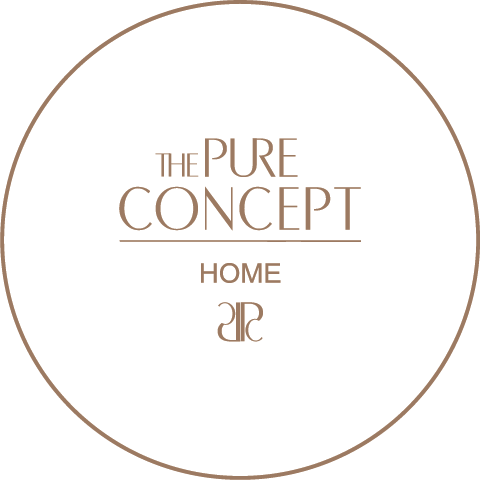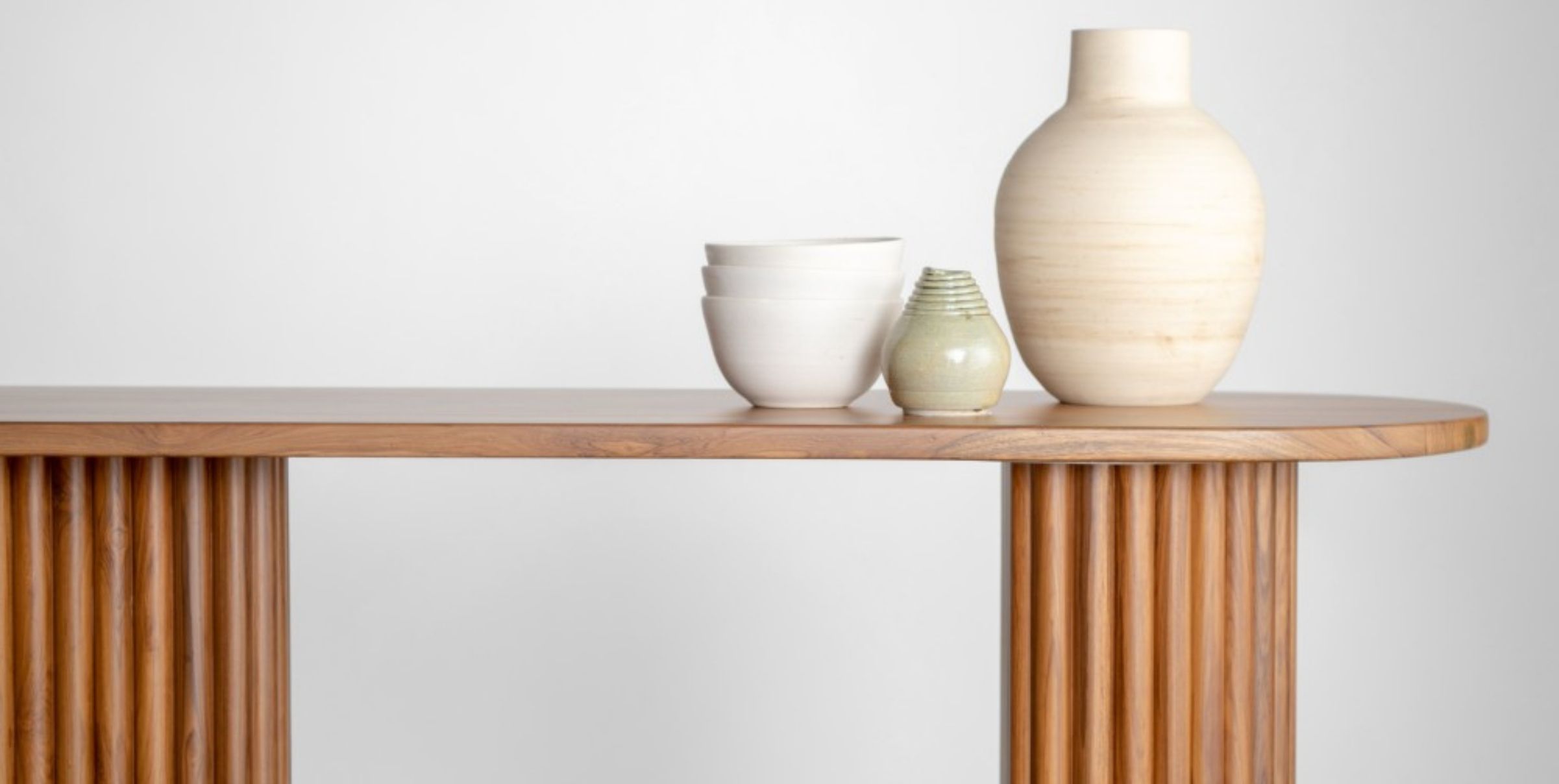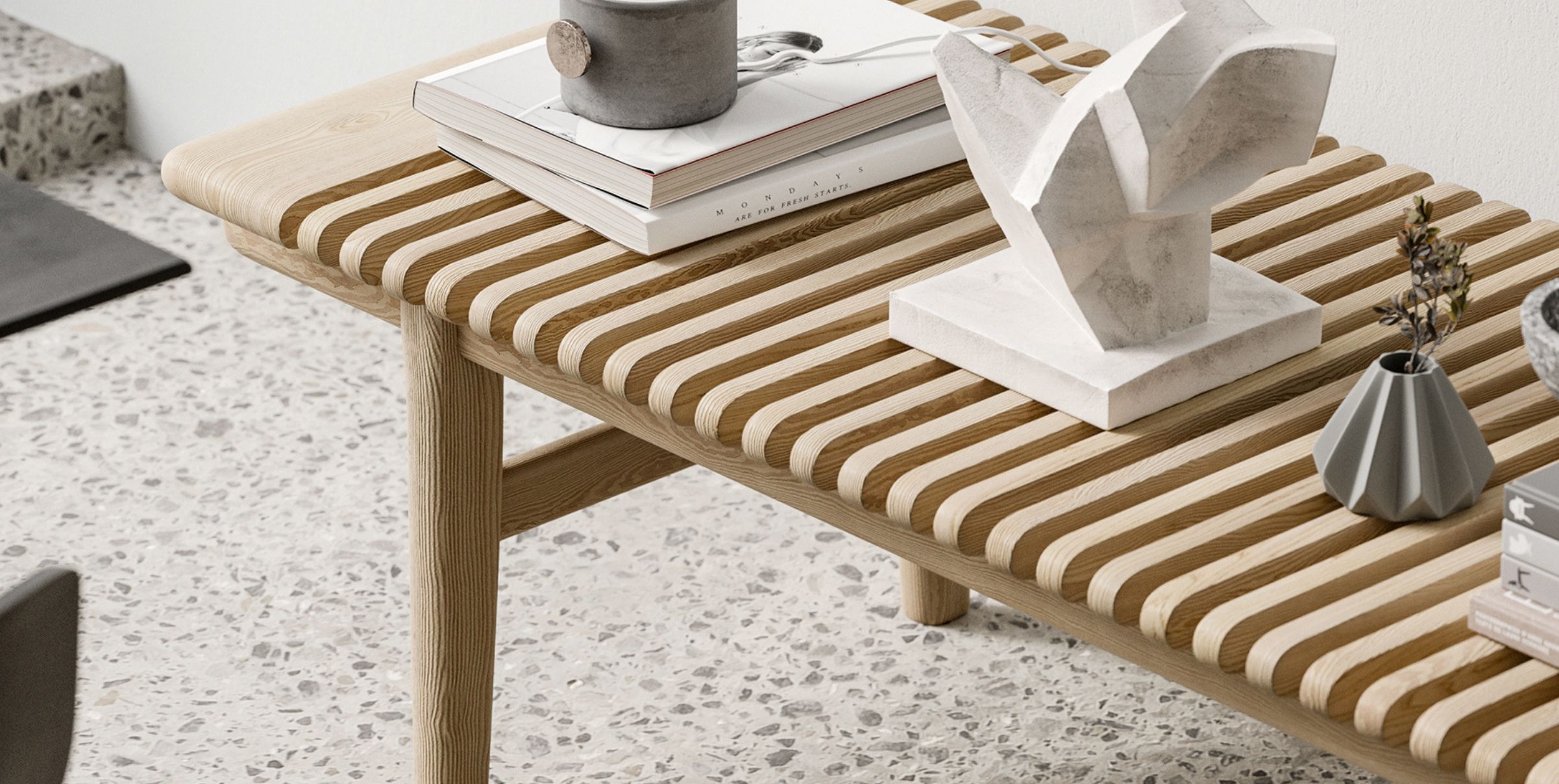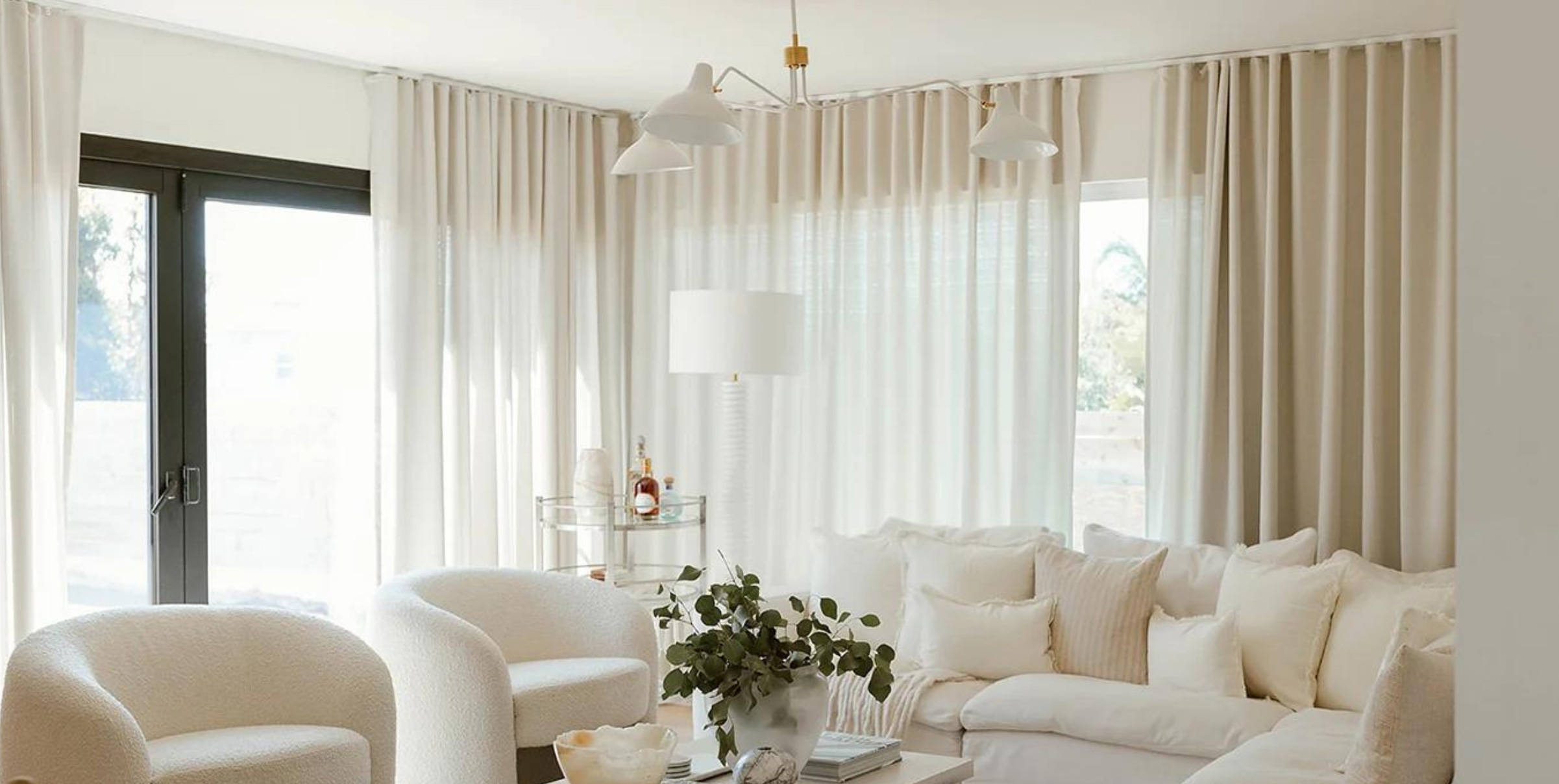
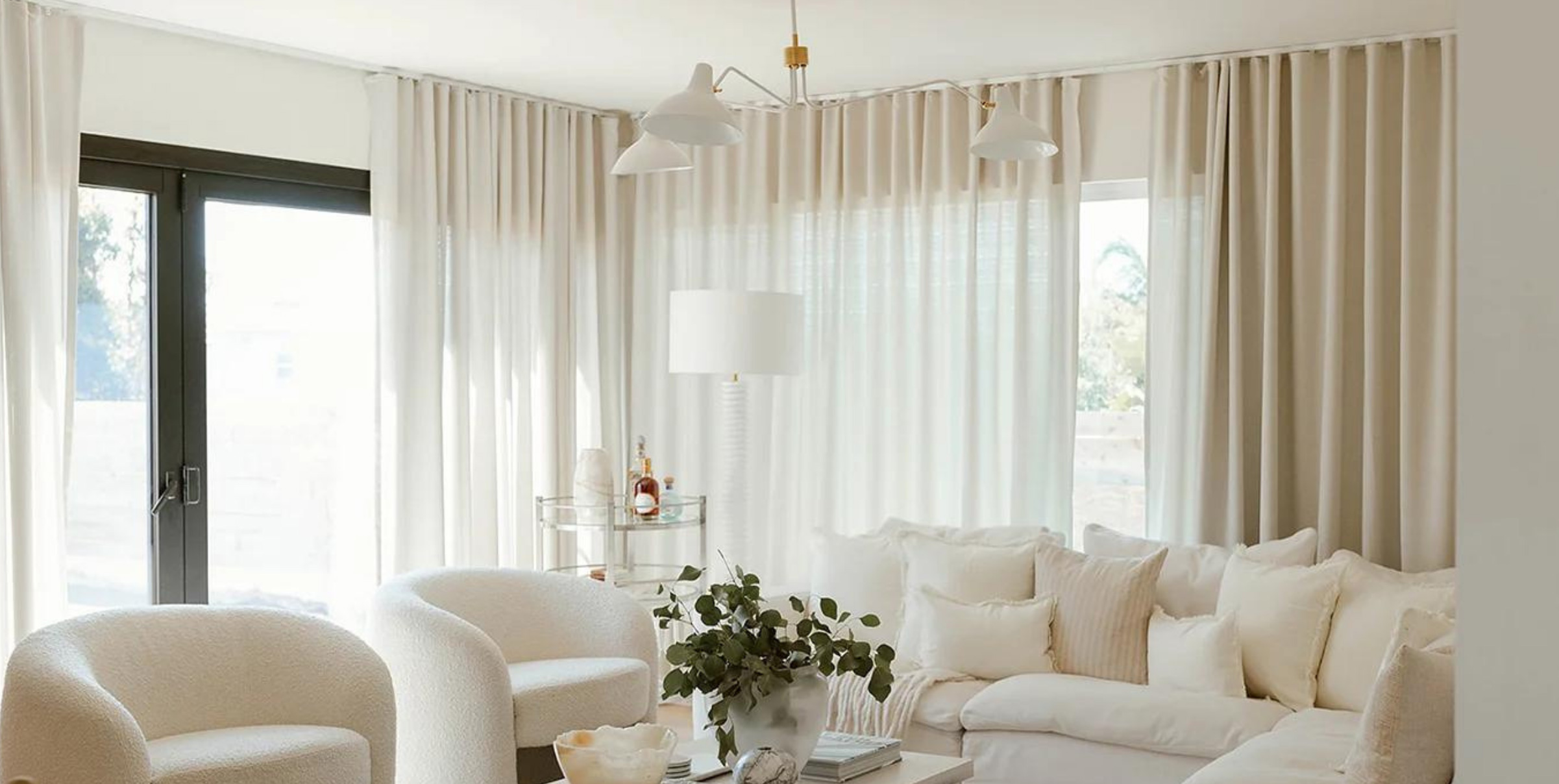
Window Shopping: Curtain Statements To Transform Your Space
Should you choose curtains after everything else has been set up? Or are they such an attraction, that elements are chosen around them? The right curtains can really lift and lighten the energy of a space. The wrong ones may dash all hopes of a luxuriant feel, and steer the entire layout in the direction of ‘dowdy.’
Here are some of the popular curtain trends and style statements to consider experimenting with:
SKY-HIGH FLOWY DRAPES
To have fine fabric in one of your favourite colours, as is, or with your favourite patterns, is like revealing the ‘background canvas’ of your imagination to the world. These ‘fabric waterfalls’ look spectacular in the main living room, or the open plan living room and dining area. They’re the same even in a relatively smaller, broken (segmented) plan, where they’re usually intended as the make-or-break factor.
The category should include wave curtains – named for the fluid, informal folds that fall from the curtain pole or header. It’s the very nature of these folds that makes such curtains an ideal match for the more open, expansive, or communal spaces.
THE 3C’s – CLASSIC, CONTEMPORARY, CONVENIENT
Eyelet curtains are so named for the large-enough holes, or rings at the top of the curtain, usually accompanied by a metallic cover. They remain a popular choice for modern home styling because of the time efficiency, and absence of tedious to-do chores every time a change is desired. They’re easy to drape, as well as to open and close as needed. It’s this fuss-free, practical advantage that also makes them classic.
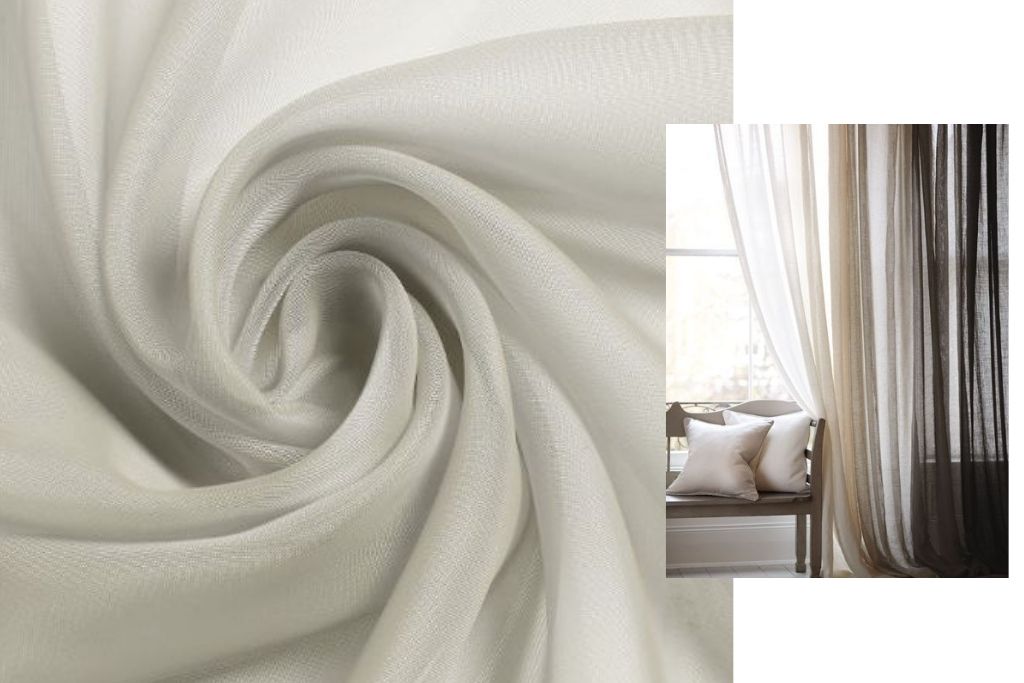
The natural thickness and fall of curtain fabrics, as well as their surface detailing, help decide if they’re a fit for the more casual, refined, personal, or shared spaces. Completely a matter of personal perception.
Pencil pleat is also amongst the most common, and easily identifiable styles. Such a pleating method is so named for the slim, pencil-like folds that are created due to a particular way of threading and hooking across the curtain pole, or tracker. Pencil pleats look sophisticated in old-world or contemporary set-ups. They can be very neat and plentiful, or neat and discreet, making them a fool-proof choice in any personal or professional room.
Pinch pleat curtains are so named because of the way fabric is ‘pinched’ or tightly gathered together, and attached to the curtain pole. In a way, pinch pleat and pencil pleat curtains are similar, except pinch pleat curtains usually require much more fabric, and may follow a sewn heading for a much more controlled, sartorial look.
The tailored aesthetic gives pinch pleat curtains a formal, or at least a crisp air, making them suitable for spaces intended as such.
Roman blinds, Venetian blinds, and pleated blinds work beautifully in more compact spaces, or where there isn’t any scope for having large, throw-open windows. They’re very easy to operate, fold up in a well-coordinated, tidy sequence and are generally loved for not intruding upon the overall layout in a garish way. You’re limited only by your imagination when it comes to choice of colours and patterns. Chalky hues, classic neutrals, chevrons and stripes, finessed country-manor florals or tropical foliage prints are still some of the go-to choices.
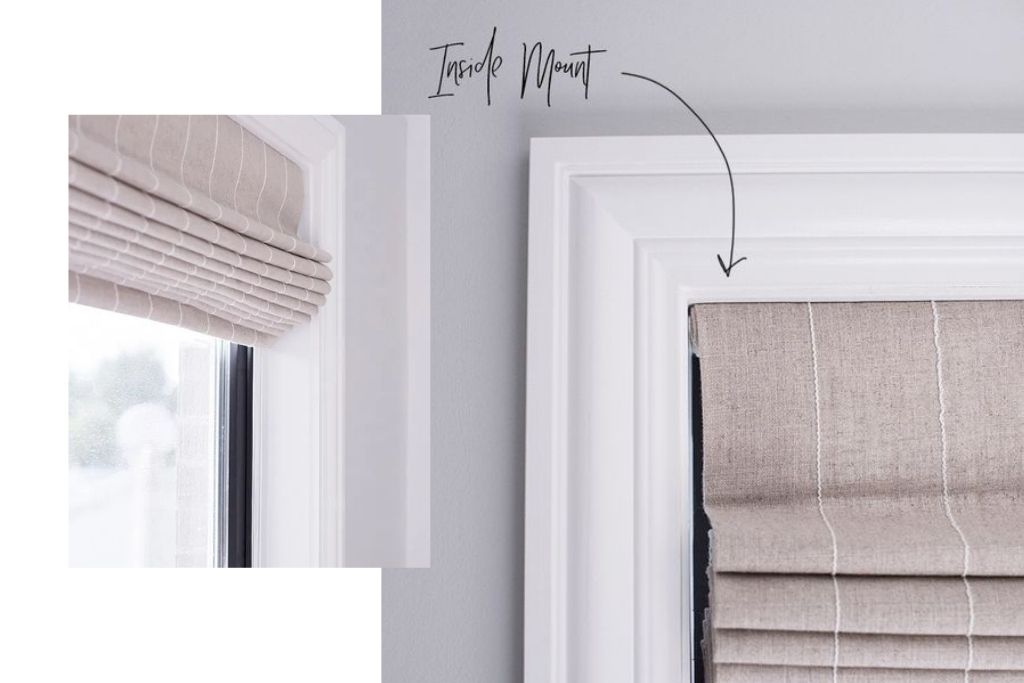
THE ART AND CRAFT ON CURTAIN FABRIC
Should curtain drapery follow the same colour story as the walls? Yes, if you’re all about that ‘infinity effect.’ Should they borrow from a contrasting colour story? Sure, especially if you’re the colour blocking maestro who is always up for a new creative challenge!
Together with the walls, furniture and decorative accents, the ultimate aim is to maintain a tranquil blend of ‘warm’ and ‘cool’ – especially if you’re not going to consider season-by-season curtain changes.
Embroidery, dyeing techniques, stone washed effects, digital and embossed prints, miniature all-over tessellations, or bold stand-out motifs all have a role to play in creating the appearance of depth and dimension.
How these surface details interact with the fabric can actually come down to inherent ‘weightiness’ – or lack thereof – in the fabric itself. This can influence the movement of the fabric, and the suggested richness of the space between its folds.
SHEER FREEDOM
Sheer curtains are the ‘hot’ – no pun intended – favourites during sultry summers, and for some, even during the monsoons. They’re usually made of translucent material to allow enticing plays of light, especially if your space is blessed with abundant natural light.
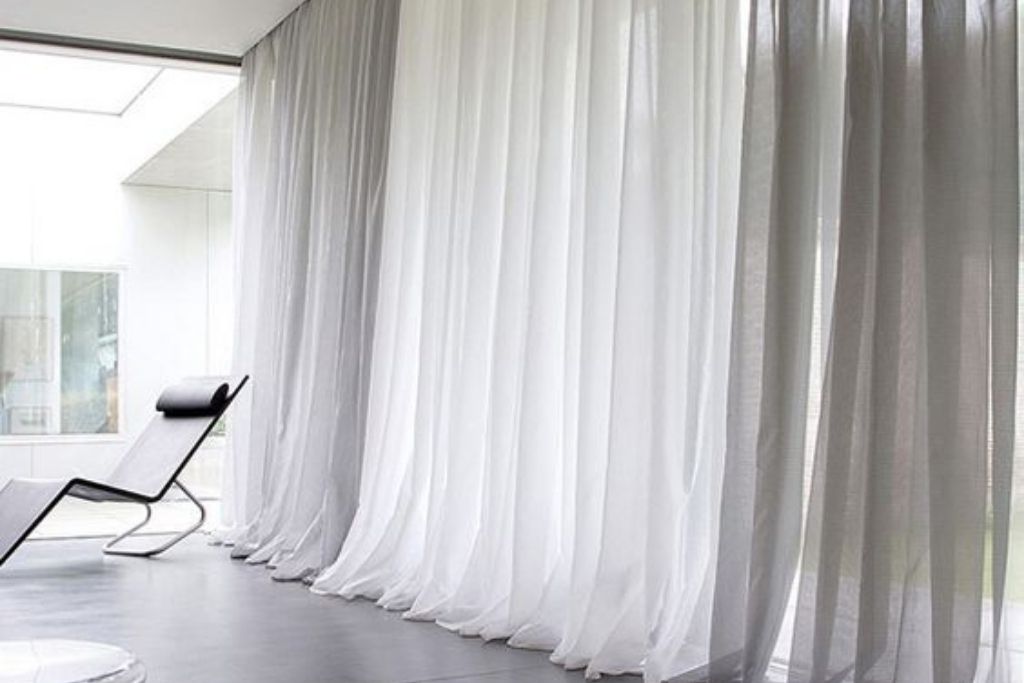
They look and feel the best when they’re part of a very clean, pristine aesthetic. That said, a room filled with collectibles can sometimes be visually overwhelming. Sheers can also provide a break from such a setting, without diluting its own unique beauty.
MATERIALS FOR CURTAINS
Cotton blends – such as cotton-velvet, cotton-linen, and viscose blends – are just perfect throughout the year. The functional necessities associated with curtain fabrics, say, malleability, resilience against daily wear and tear, breathability and cosiness are usually satisfied by such blends. Moving forwards, we can expect to see more repurposed, pre-loved fabrics, and sustainable fibre fabrics reflecting an evolving sense of conscientious living.
